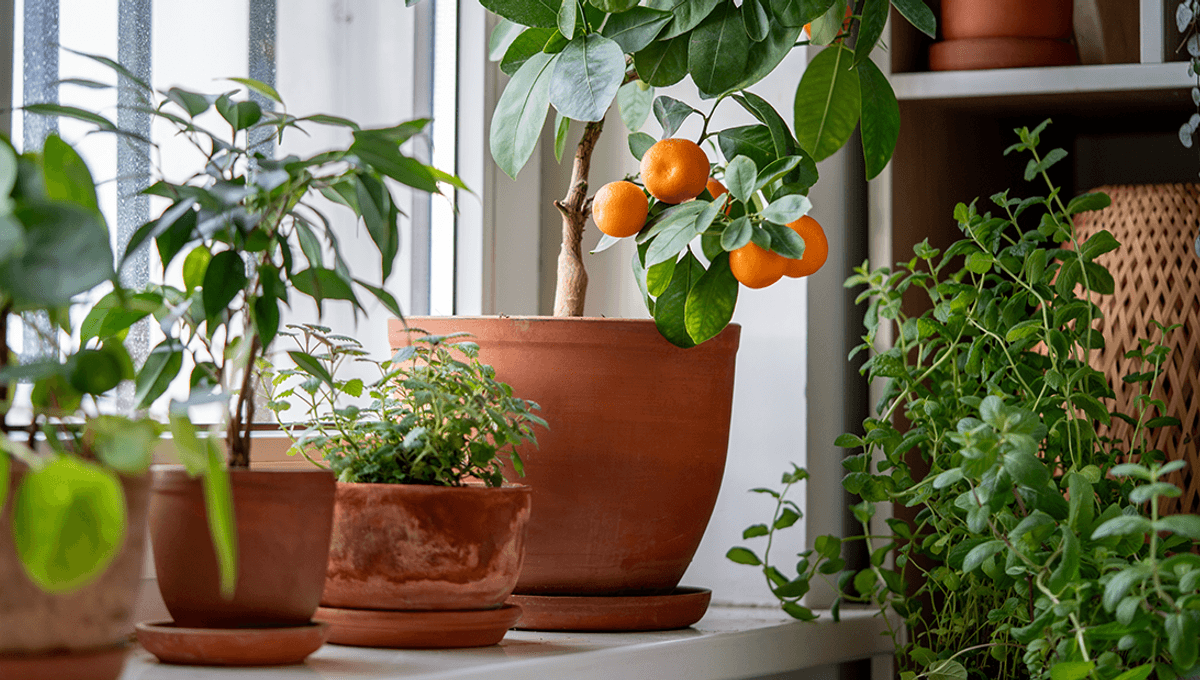
There are plenty of great tree mysteries out there, from the beech tree masting mystery to why all Cook pine trees lean toward the equator no matter where they are on Earth.
But before you check out those, let’s start with some plant basics; where do they get their mass from, or the matter that makes them up?
“It’s easy conceptually to understand when animals eat physical food matter, it adds to their own body mass as they grow,” as one Reddit user looking for answers put it. “But potted plants grow 2x, 3x, etc their mass while the only (seemingly) inputs are Sun, water and occasional plant food. The soil level doesn’t seem to change much either, so where is the ‘material’ coming from to make the plant bigger?”
As animals, we get our mass from the food that we eat. It gets complicated, but basically we use the organic molecules we have digested and broken down and rearranged into new molecules, be it tissue, bone, or any other strange part of our bodies.
Plants, given our own inefficient method of gaining energy and mass, are a little more difficult to get our heads around. You may naturally assume that they get their mass from the soil, but that is not the case.
In the 17th Century CE, Jan Baptista van Helmont discovered this with a simple experiment. He grew a willow tree in an amount of soil he had weighed. After five years, he weighed the plant and found it had gained 74 kilograms (163 pounds), while the weight of the soil had barely changed at all.
Trees, as you were likely taught in school, gain the bulk of their mass through photosynthesis – converting light, water drawn from the soil, and carbon dioxide from the air to energy in the form of sugars and that useful waste product oxygen.
“People look at trees and they think it comes out of the ground; that plants grow out of the ground. But if you ask where the substance comes from, you find out, where does it come from, the trees come out of the air,” American theoretical physicist Richard Feynman once explained in an interview.
“The carbon dioxide in the air goes into the tree and it changes it, kicking out the oxygen and pushing the oxygen away from the carbon and leaving the carbon substance with water. Water comes out of the ground you see, only how did it get in there, it came out of the air didn’t it, it came down from the sky so in fact most of a tree – almost all of the tree – […] came out of the air.”
The energy in carbon molecules converted during photosynthesis is used for cellular respiration.
“But there are still carbon molecules (glucose) left over,” Tracy D’Augustino of Michigan State University explains in a post on the subject. “These left-over glucose molecules are used to form the complex structures of plants, such as leaves, stems, branches and roots as well as fruits, seeds, nuts or vegetables. Each year trees use the left-over carbon molecules to add to themselves, making themselves bigger in mass.”
So while we gain most of our mass from eating, plants gain most of their mass from the air around them, a few nutrients in the soil, as well as the water you probably forgot to give them before you went away on holiday.
All “explainer” articles are confirmed by fact checkers to be correct at time of publishing. Text, images, and links may be edited, removed, or added to at a later date to keep information current.
Source Link: Where Do Trees Get Most Of Their Mass From? Because It Isn't The Ground